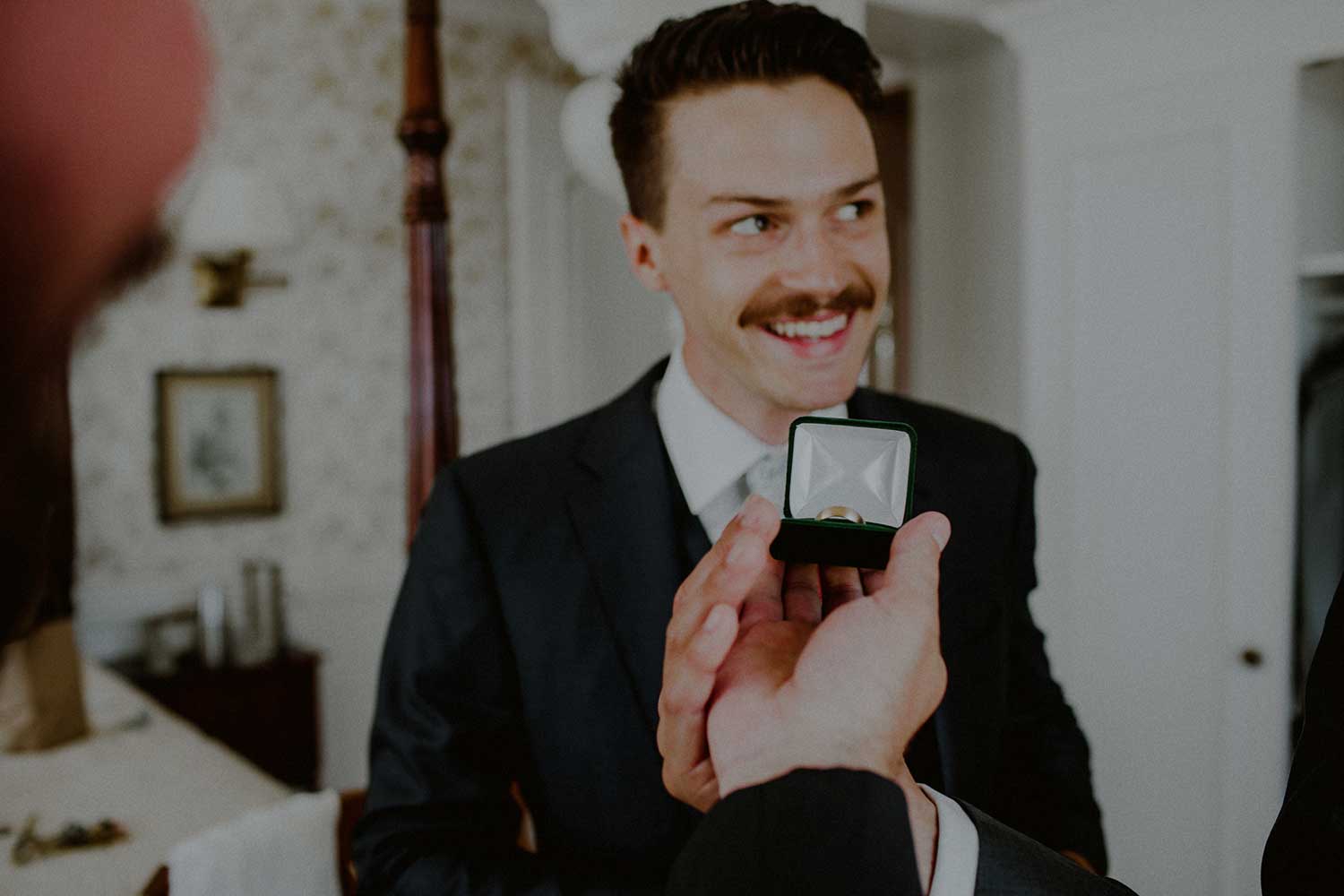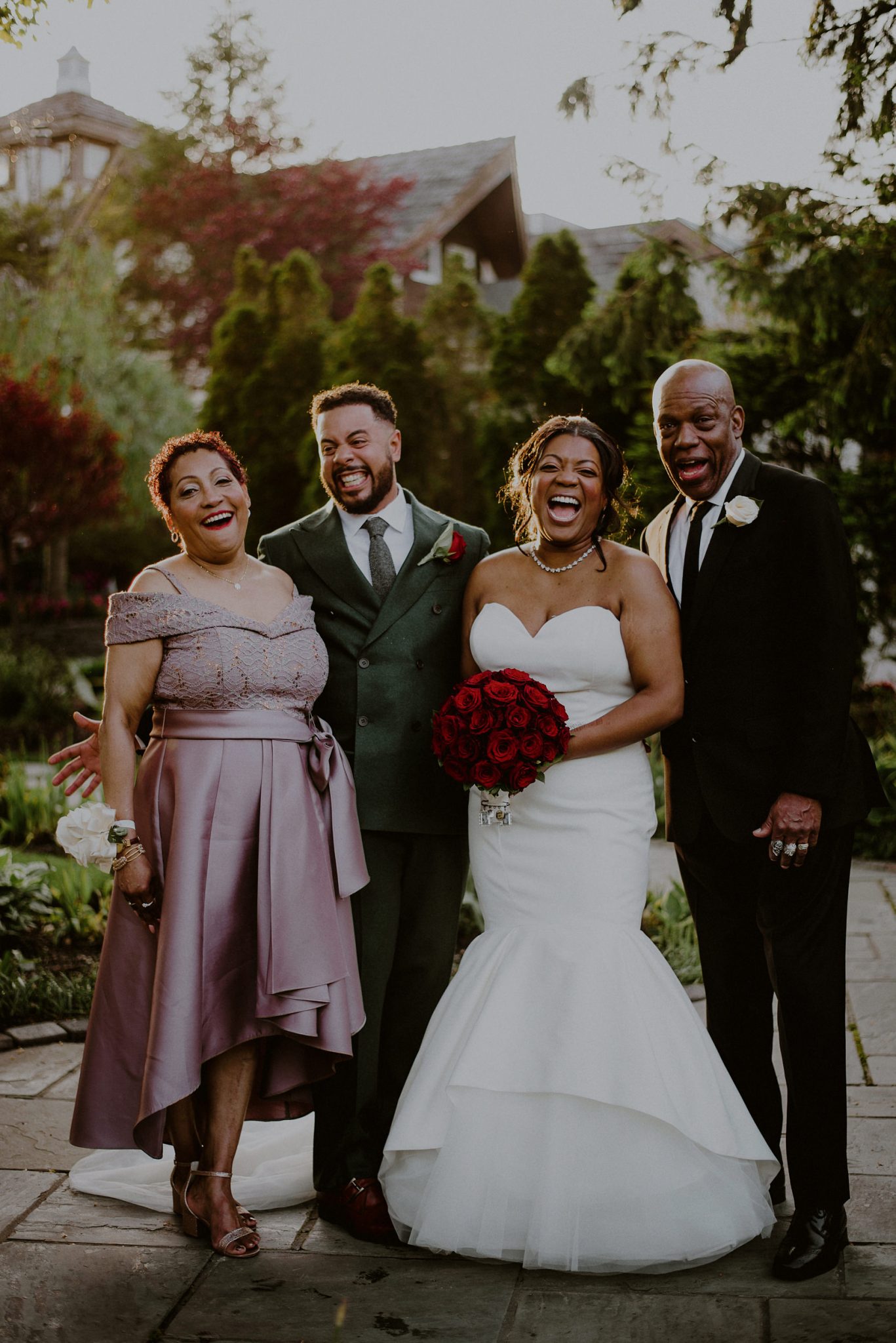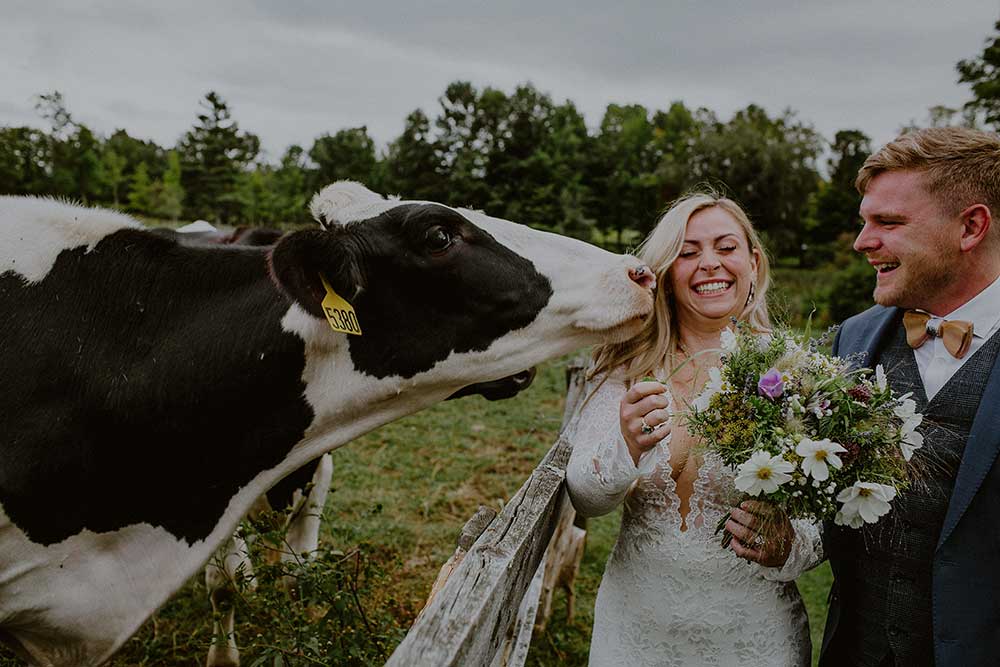Let's Create Memories Together.
Weddings are joyous occasions that celebrate love, commitment, and the union of two individuals. However, the language and terminologies traditionally associated with weddings have often been exclusive, reinforcing gender stereotypes and societal norms. In recent years, there has been a growing movement towards inclusivity and acceptance in various aspects of life, including weddings. I feel very fortunate that in my 10+ years of photographing weddings, I’ve had a diverse clientele of couples who have identified as different genders, sexual orientations, and backgrounds, to name a few. All have been equally as accepted and admired by me and my team for the strong love that they have shown each other and their supporting families and friends. By adopting more inclusive wedding terms, we can create a more welcoming and accepting atmosphere for everyone involved. In the spirit of Pride Month, this blog post aims to explore and promote more inclusive wedding terms that embrace diversity, respect individual identities, and celebrate love in all its forms.
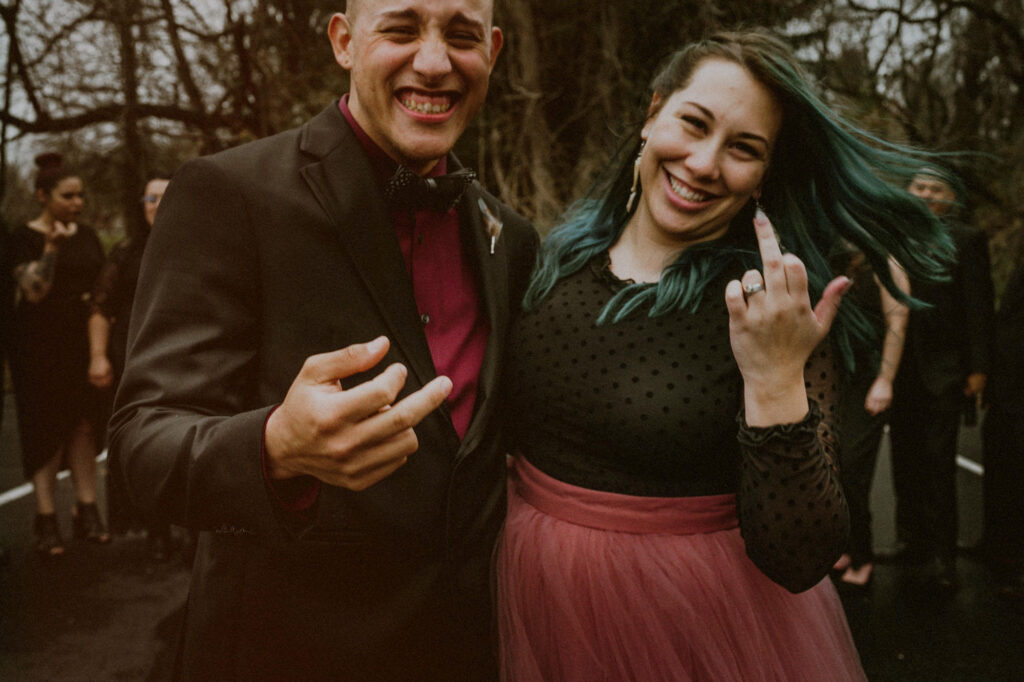
Inclusive Wedding Terms
Here is a list of some more inclusive wedding terms that you can start to learn and practice incorporating into your every day vocabulary if you don’t already do so.
Pronouns and Titles
When addressing or introducing members of the wedding party or guests, it is crucial to use gender-neutral pronouns and titles whenever possible. Offering options such as “they/them” pronouns and gender-neutral titles like “Mx.” ensures that everyone feels seen, respected, and included.
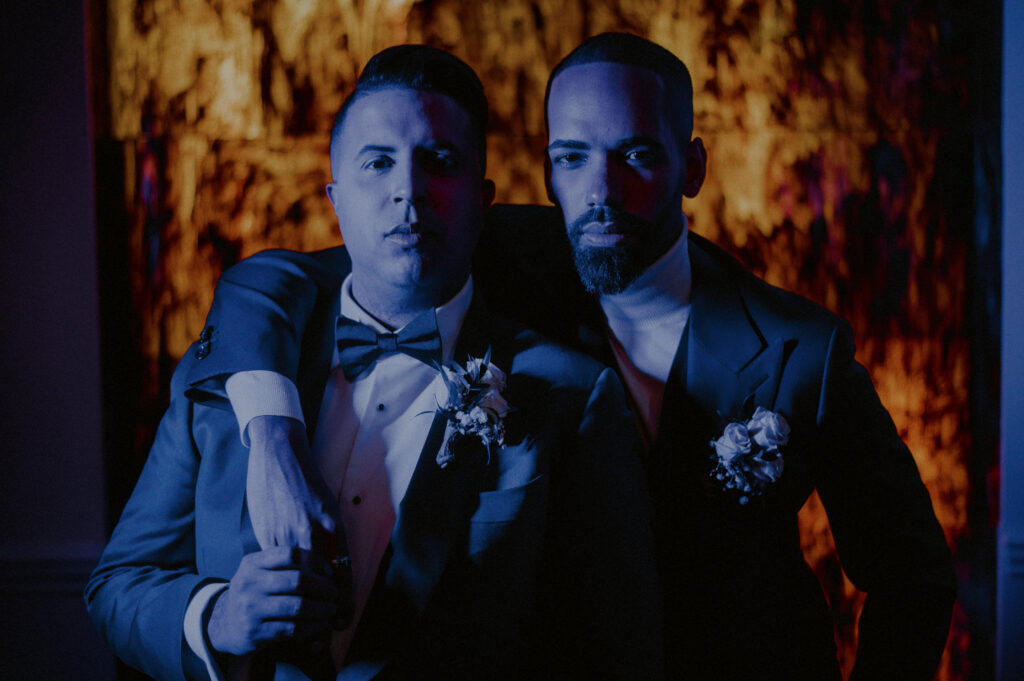
Partner Instead of “Bride” or “Groom”
In a world where same-sex marriages are legal and relationships are no longer confined to traditional gender roles, the terms “bride” and “groom” can be limiting and exclude many individuals. Using the term “partner” acknowledges the equality and diversity of relationships, allowing couples to express their identities freely and comfortably.
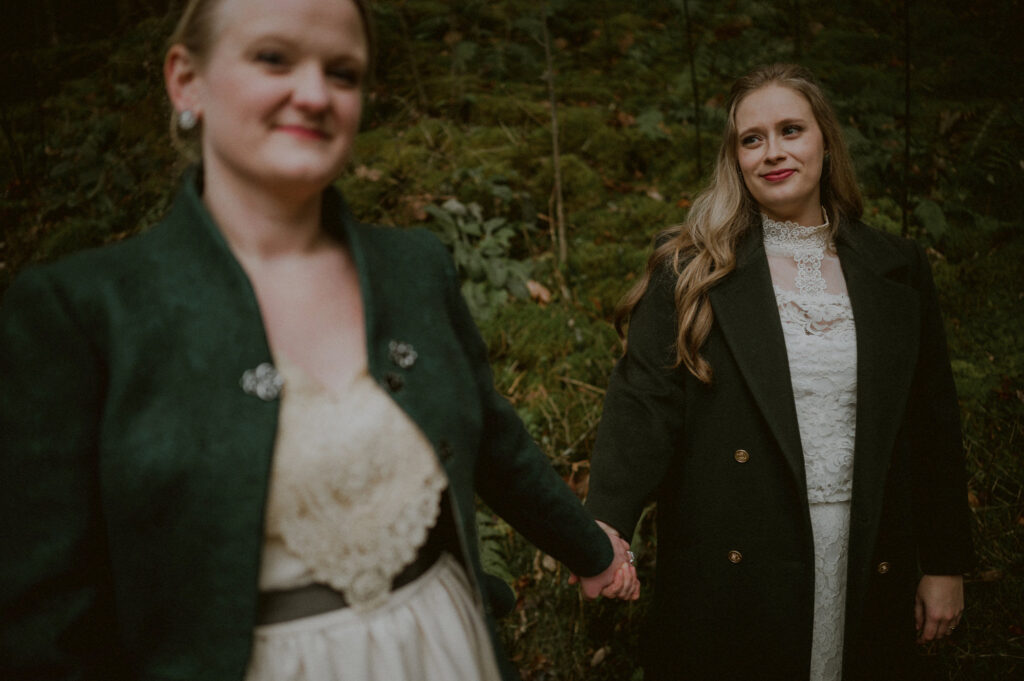
Wedding Party Instead of Bridal Party
The term “bridal party” often implies that the wedding is centered around the bride, leaving little room for the celebration of others involved. By using “wedding party,” we can recognize and honor all those who play a significant role in the couple’s lives, regardless of their gender or relationship to the couple. Rather than using the terms “bridesmaids” and “groomsmen,” consider referring to the close friends and family members who stand beside the couple as the “wedding party.” This term is gender-neutral and allows individuals of any gender identity to be included. It ensures that everyone feels valued and represented, regardless of their gender or expression.
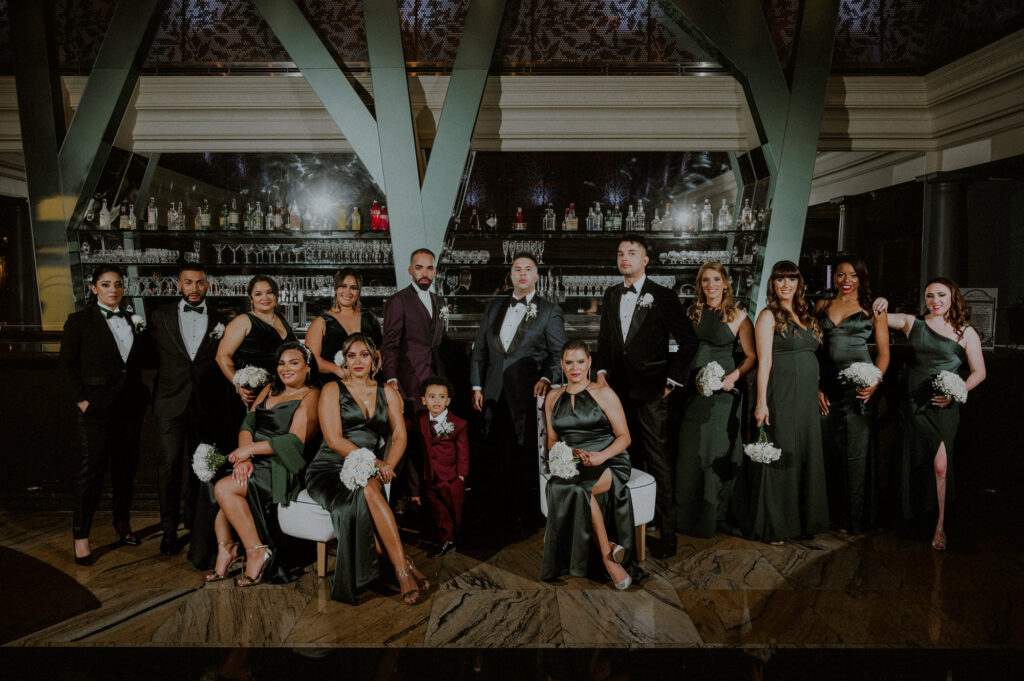
Wedding Party Members instead of Bridesmaids or Groomsmen
The terms “bridesmaids” and “groomsmen” imply a gender-specific role and can exclude individuals who do not identify with these labels. Using “wedding party members” allows couples to choose their support system based on personal relationships rather than conforming to traditional gender expectations.
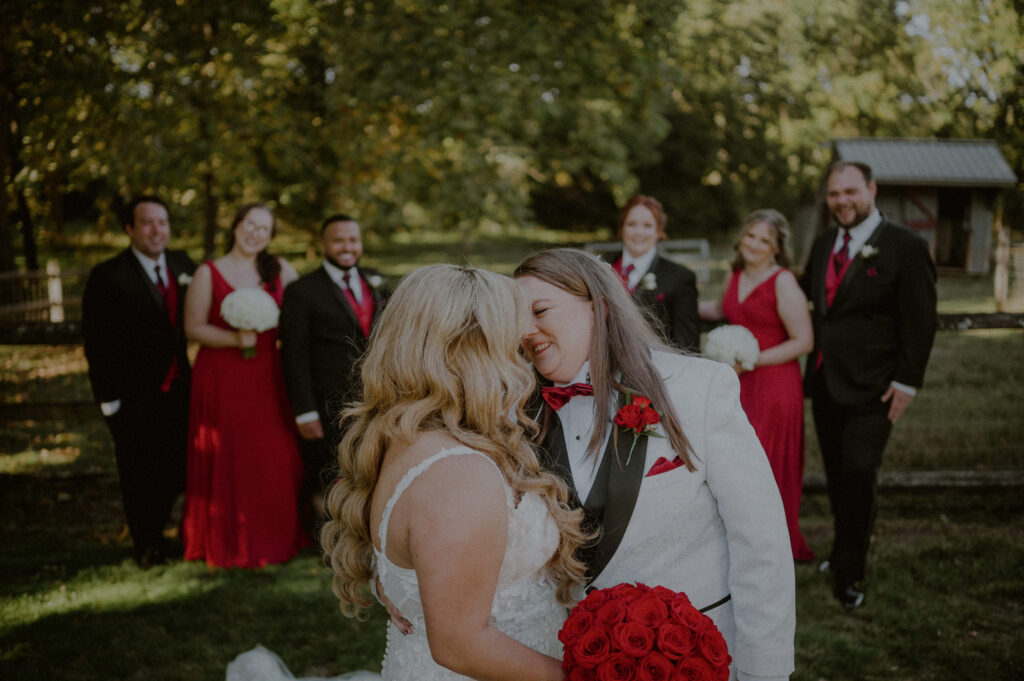
Wedding Attire instead of Bridal or Groom’s Attire
The terms “bridal attire” and “groom’s attire” can reinforce traditional gender norms and expectations. Embracing “wedding attire” allows individuals to choose clothing that aligns with their personal style and identity, regardless of societal expectations, and creates a more inclusive environment for everyone involved. By encouraging diverse attire choices, such as suits for all, non-binary options, or cultural garments, we create space for self-expression and celebrate individuality.
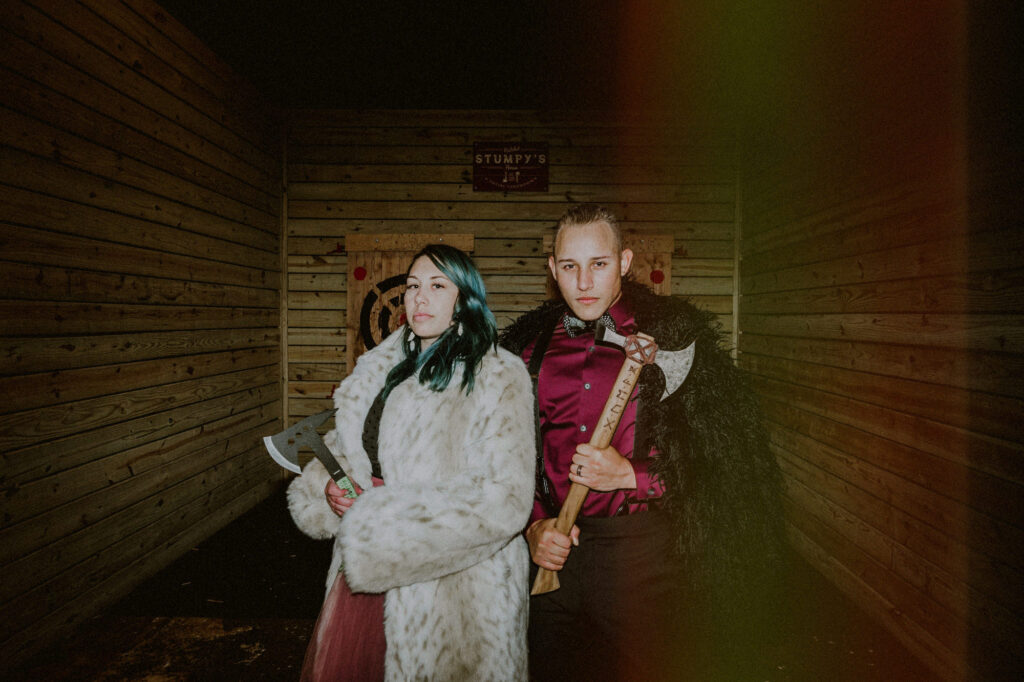
Spouse instead of Husband or Wife
The terms “husband” and “wife” can be restrictive, assuming a binary understanding of gender and marital roles. Replacing these terms with “spouse” recognizes that marriage is about the union of two people, regardless of their gender identity. It promotes inclusivity and ensures that all individuals feel valued and acknowledged.
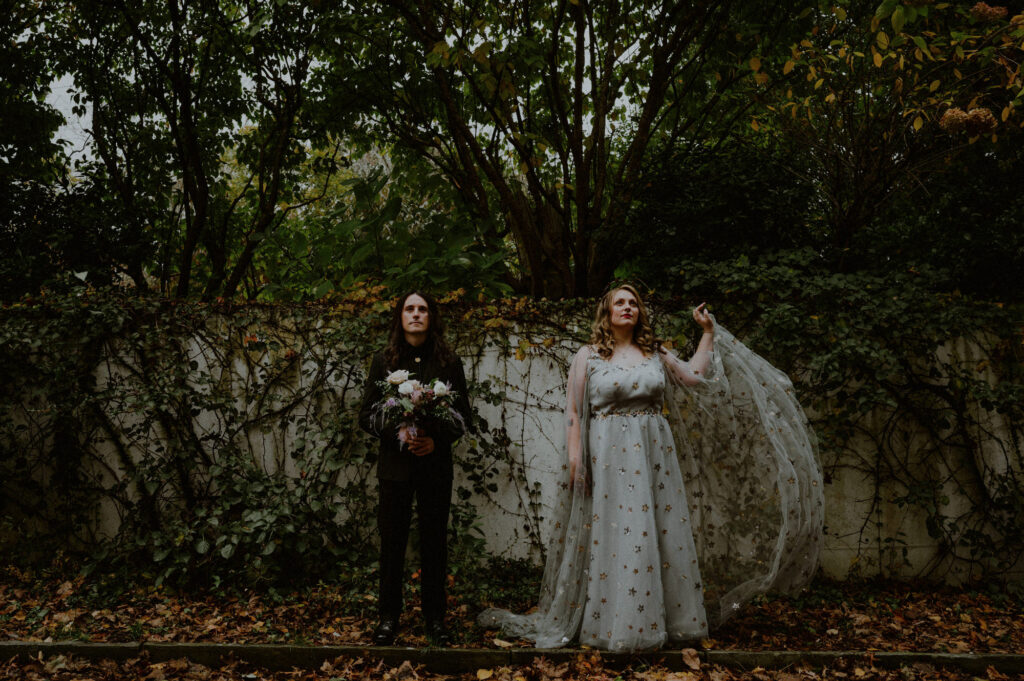
Honor Attendants
For couples who still wish to have designated individuals with special roles, the terms “honor attendants” or “best persons” can be used instead of “maid of honor” or “best man.” These terms eliminate gender expectations and enable couples to choose whomever they feel closest to, without confining them to specific gender roles.
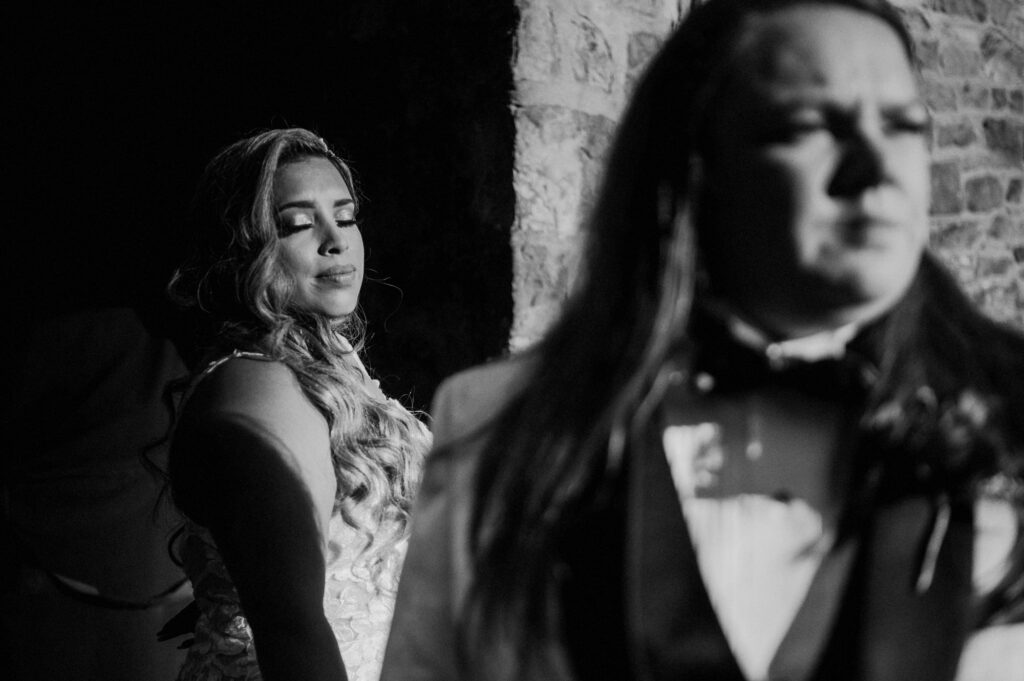
Officiant
The person who leads the wedding ceremony is traditionally referred to as the “minister” or “priest.” However, not all couples have religious or spiritual affiliations. To be more inclusive, the term “officiant” is a suitable alternative. This allows couples of various faiths, as well as secular or interfaith couples, to have their wedding ceremony led by someone who resonates with their beliefs.
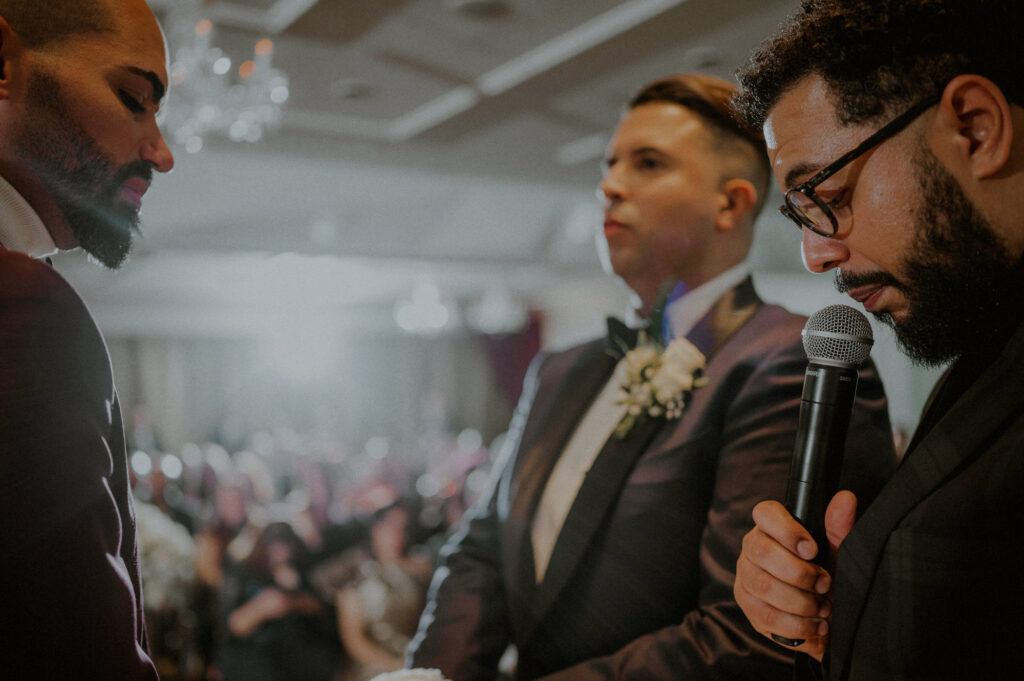
Vows & Promises
During the wedding ceremony, the exchange of vows and promises signifies the commitment between the couple. Traditionally, these vows have been gender-specific, with the bride vowing to obey and the groom vowing to protect. To embrace inclusivity, couples can personalize their vows to reflect their unique partnership, aspirations, and shared values, avoiding gender stereotypes.
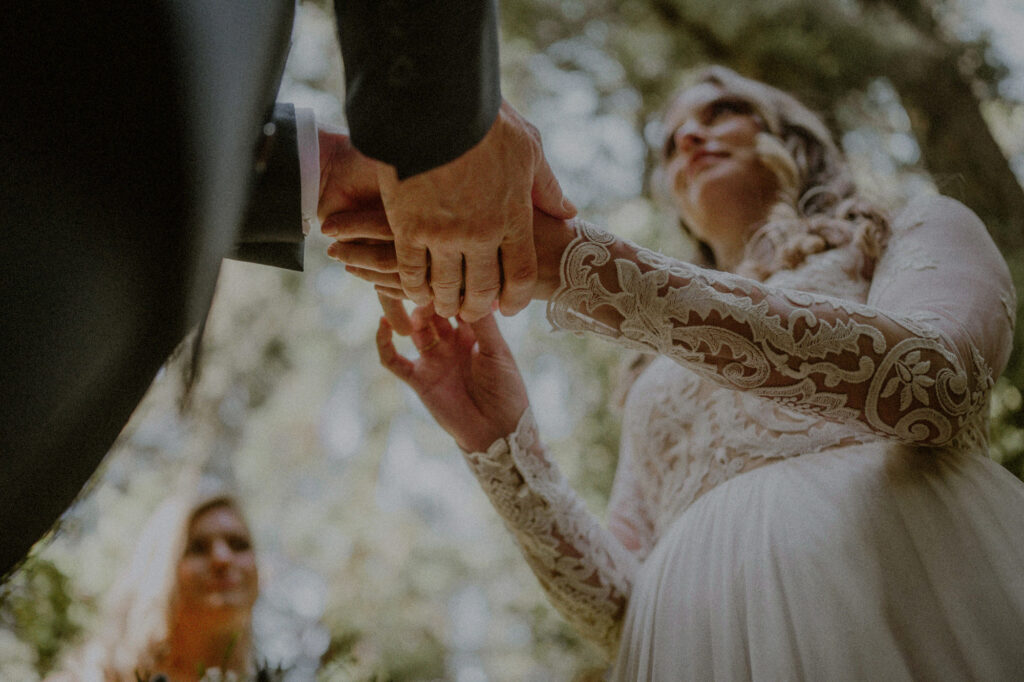
Name Change
In the past, it has been customary for a woman to change her last name after marriage. Many couples now have chosen other options such as combining last names to create a new last name, hyphenating last names, not changing names at all, or coming to a mutual decision as to which last name the couple will be using.
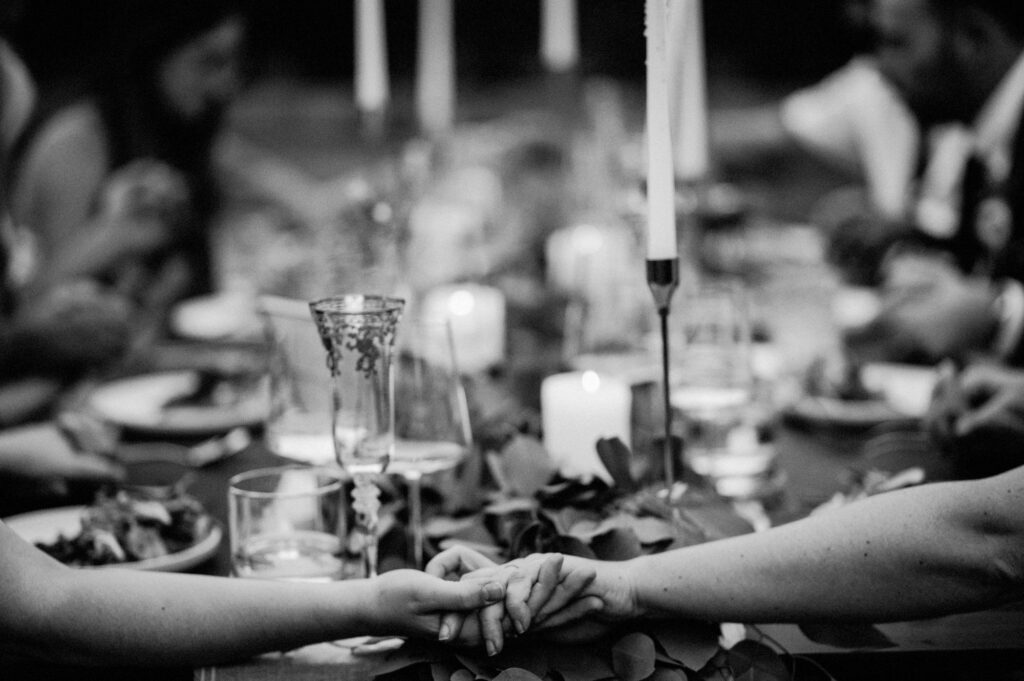
Language holds immense power and can either reinforce or challenge societal norms. By embracing more inclusive wedding terms, we can create a space that celebrates love in all its forms and respects the diverse identities of those involved. By incorporating inclusive language, we can contribute to a more inclusive society where everyone feels welcomed, accepted, and celebrated on their special day. Let us remember that love knows no boundaries and that inclusivity is the key to a truly meaningful and joyous wedding celebration.
Same-Sex Weddings
- Vicky + Tracy’s Wedding at the Cork Factory | Lancaster, PA
- Janna + Lisa’s Wedding at the Maplewood Women’s Club | Maplewood, NJ
- Jonathan + Rory’s Wedding at St Patrick’s Cathedral and Perry Street | New York, NY
If you enjoyed this post, consider reading about how to incorporate some non-traditional wedding ideas.



